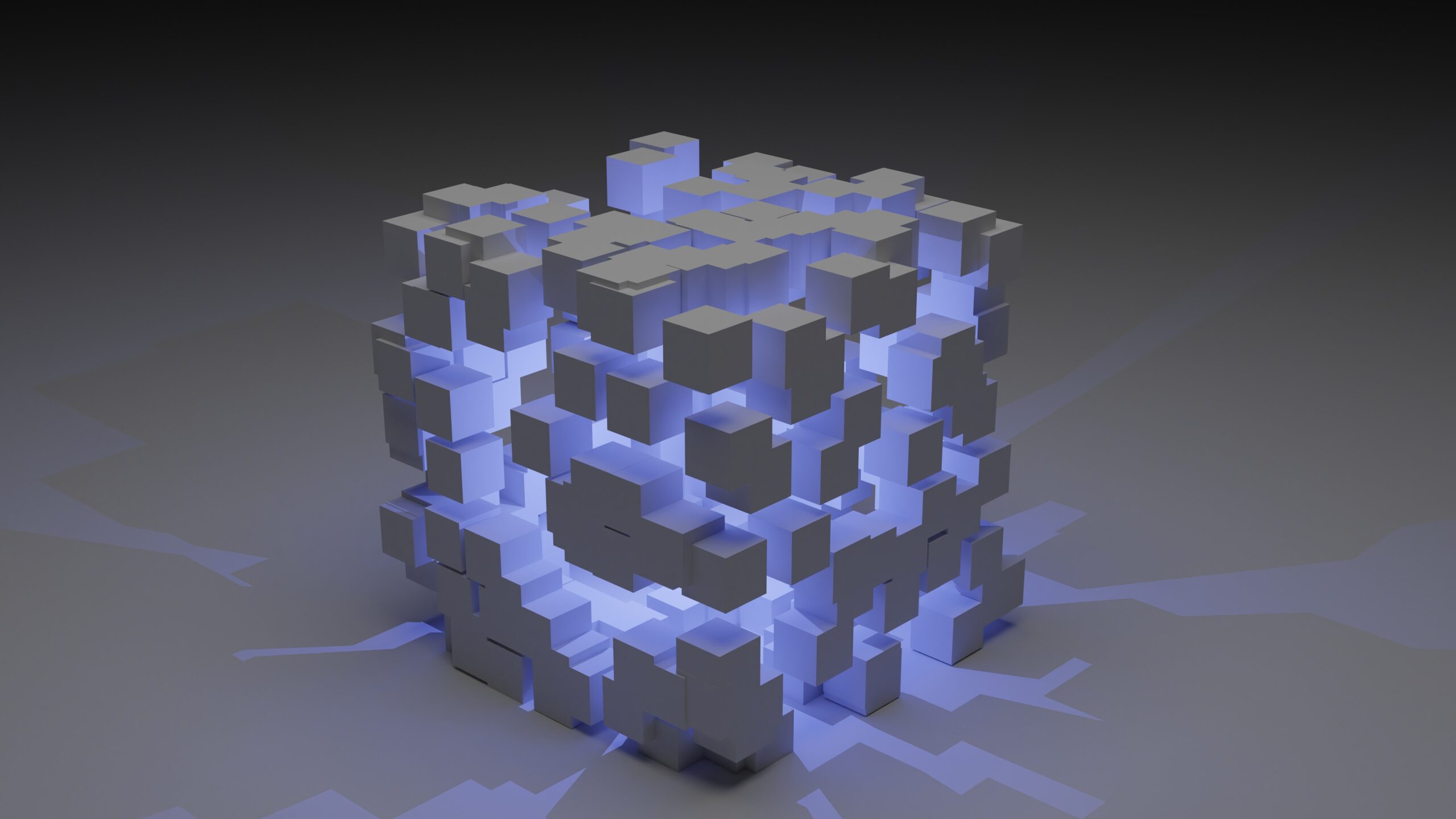So! The next Sixth Sense challenge has been set. We are looking for companies working within Visualisation and Digital Reality and we are also looking for applications from companies working on Intelligence and Automation.
We wanted to take a deeper dive into these areas – let’s talk about what exactly we mean and what we hope to see from applications.
1: Visualisation and Digital Reality
This basically means taking any real object, process or environment and creating a digital representation of it to improve productivity, test automated processes, simulate outcomes and improve planning. This doesn’t necessarily mean taking an object and scanning it to make an image of it – it could also create a digital twin, which is the description of the object and how it operates using operational data. It won’t look the same.
Why is this important? If you can replicate the real world, digitally, you can save time and money – testing outcomes before you do the work. You can use AI to optimise things in the manufacturing process. Creating a digital replica of things can help to improve what you do in a less costly, much more sustainable way. Using the digital world to improve the physical world.
Hexagon already works within this space. Ultimately, we are all about the optimisation of processes. Visualisation is part of this because data on its own doesn’t tell you much. Context matters and when visualised it is easier to understand. So digital reality and visualisation are usually planned into the same application.
For example we have had the SFx platform for the last couple of years, now part of Nexus – which creates digital replications of assets and monitors their performance. We’re able to apply adjustments where needed to drive autonomous processes, improve outcomes and be aware in real-time of any issues in our asset management performance. We also work with Geosystems, which has a point cloud scanner called BLK, which many of the start-ups should be familiar with already.
The brilliant RIIICO, joint winner of Cohort 1 works within this space – creating digital realities that can be used for planning factory improvements and construction. RIIICO is a great example of the emergence of digital reality because it democratises it, creating replicas that look like the actual factories and allowing people with wide skill levels to use their tools.
What we’re looking for: The trick with this area is the connectivity between visualisations and the actual operation data. How can you take something that’s been digitised as an object or a process and connect it to real operational data? How easily can you digitise the reality and help create actionable outcomes from your data?
We’re also interested in solutions with extended reality devices – e.g. wearables that enable factory workers to see operational data as they look at objects. These kinds of headless operations put the computing power in the cloud and visualisation on any device (mobile, wearable) as you walk about the factory. It’s much more contextual, real-time information about what’s happening, creating shorter paths to understanding where opportunities for improvement exist.
One important part of this process is content creation. We think it’s absolutely key. It’s what enables democratisation – the better the visuals, the easier they are to create, the wider a group of people will be able to use them. We know it is hard to do but we know there are smart start-ups out there doing it.
2: Intelligence and automation
The vast majority of automation in a manufacturing environment is fairly simplistic. It moves things from one place to another to enable a faster and more efficient production process. If you have slight variations in the process, it can take a long time to reconfigure the operation to adapt to that change. This is sometimes referred to as adaptable automation or hyperautmation, which has intelligence behind it. Using AI and ML it can adapt to the changes in process, all without prompting.
What we’re looking for is companies that apply artificial intelligence and machine learning to automation so that the processes don’t need supervision to adapt to any changes or faults in the manufacturing process. In a factory today, if you want to change an automated process, it typically takes a large team and lots of investment. Customers would like a faster, more efficient process to make changes in their automated processes. They want to be able to take a solution, put it into their factory and have it learn and create a process on its own.
We’re looking for people who can make these tools accessible to people. Tools that can learn fast and are not too difficult to deploy. Can you make them so that out of the box, success with these tools does not depend on your skillset. Again, democratisation is the key.
If you and your team have something to offer in these challenge areas we want to hear from you! Join us for our second cohort, where scaling start-ups like you will be supported with the resources and the connections to accelerate innovation.

